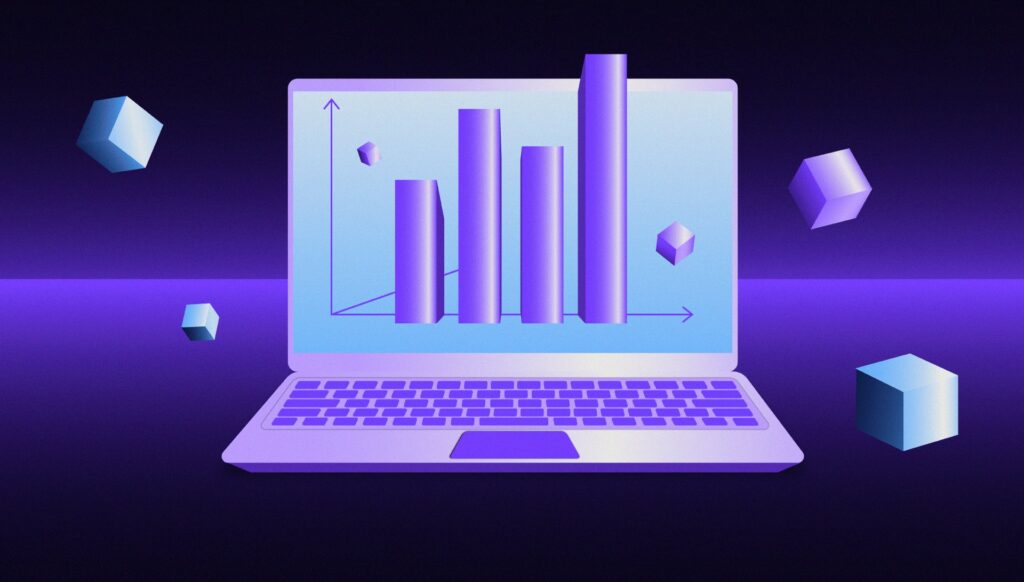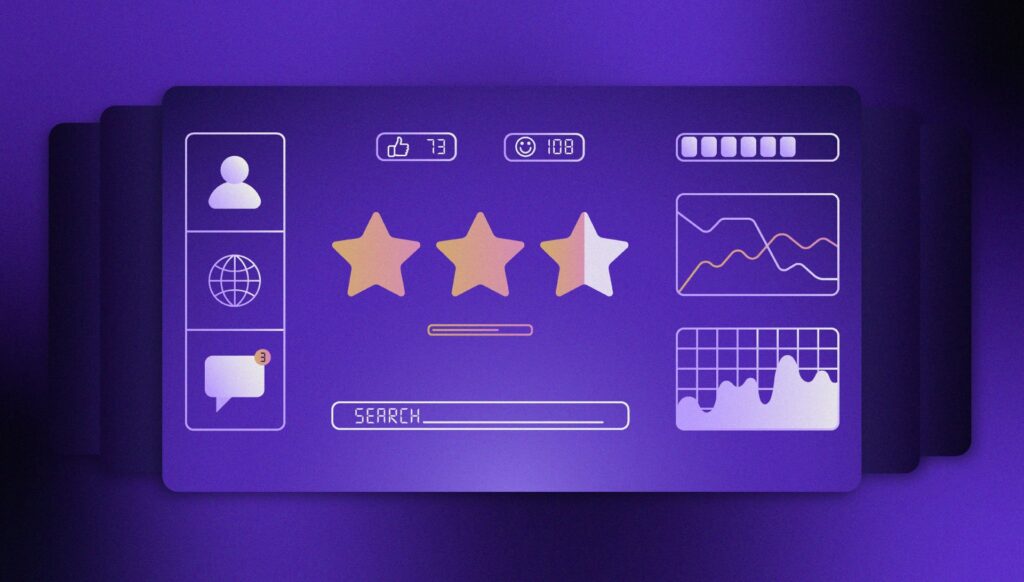Desk Research: What it is & Why it’s Essential in Product Development
Most product design projects start with desk research — also called secondary research. This type of market research involves collecting data from existing resources, making it the opposite of primary research where you go out and study things first-hand.
But what is desk research? When is it needed, and how do you do it?
This blog will answer these questions and explore how desk research will lead you towards user testing and continuous research throughout the product development process.
Why is conducting research important?
Before you decide to launch or design a product, you should get answers to several questions such as:
- What is the current market situation?
- Does the market need this product?
- Who are your potential customers? What are their needs and pain points?
- What problems can you solve that competitors cannot?
- What do customers like/dislike about your product?
Product research helps you make well-informed product development decisions, identify potential issues, and gain insight into your customer’s needs and desires. This will enable you to build a well-structured strategy and develop products that your customers will love.
The consequences of poor market research
In 1985, Coca-Cola updated its classic coca-cola drink with a new formula. The company had performed 190,000 blind taste tests on consumers and discovered that they preferred the sweeter flavour of its rival Pepsi — so the ‘New Coke’ was launched.
The problem was that Coca-Cola had underestimated loyal drinkers’ emotional attachments to the brand. Its market research testers failed to ask subjects how they would feel if the new formula replaced the old one.
The new formula caused outrage among loyal customers and executives were forced to bring back Coca-Cola’s original flavour just 79 days after their initial announcement. This was a costly mistake that lost the company millions in revenue.
What does desk research involve?
As mentioned, desk research is a research method that involves using existing data. This technique allows you to gather ideas and research your market and users “from your desk.”
You can collect this type of secondary research from published materials in reports, articles, or similar documents that are easily accessible on the web or in public libraries.
Why is it essential?
- Secondary data sources are easy to find
- This research method is cheaper than primary research
- This research method takes much less time than primary research
How to do desk research in 5 steps
Step 1: Define your research objective
The first step is to describe what you intend to accomplish with your research project. You can identify this by answering key questions that are relevant to your market and customers.
For example, if you are a French baker and want to create bread with alternative flour, your questions should break down every question within that process, such as:
- What alternative flours are available in France?
- Which of these flours are affordable?
- Among the remaining choices, which flours are easy to use?
- Among the remaining choices, which flours taste good?
- What alternative flours are currently used by bakers in France?
- Who are you selling this new bread to?
Step 2: Build a research plan
You then need to decide how you will complete this research and answer the questions you have set. As part of your research plan, you’ll need to decide which platforms you will use for your research.
Some popular resources include:
- Government, non-government agencies, and trade body statistics
- Company reports and research
- Competitor research
- Public library collections
- Textbooks and research journals
- Media stories in newspapers
- Online journals and research sites
- ChatGPT
3 tips for conducting desk research:
- Check the credibility of resources
- Check the date on publications and use up-to-date information
- Avoid duplicating desk research by checking what has been done already
Step 3: Use the right tools and resources
There are many resources available for desk research and you must choose the right tools for your project.
Here are some reliable sources that we recommend using for secondary research:
- JSTOR: This is a great resource to find research papers. Any article published before 1924 in the United States is available for free on JSTOR and the digital library also offers scholarships for independent researchers.
- Google Scholar: This is the most popular and easy-to-use search engine that can present scholarly pieces of writing on any topic you require. Google Scholar is free to use, and you can search for any type of publishing format.
- ChatGPT: This is a large language model (LLM), a machine-learning system that autonomously learns from data.
There are also lots of great tools that you can use for competitive analyses, including:
- Crunchbase: This is a live company database which updates constantly. This tool helps you identify upcoming marketing tendencies.
- Capterra: This is an intermediary between buyers and technology vendors within the software industry. Here, you can find the most comprehensive lists of products per industry, reviews, ratings, and infographics, and easily compare competitors.
- Serpstat: This is one of the top-rated SEO tools that will help you outline competitor analysis simply by entering your domain.
Step 4: Conduct user testing
Desk research is a fast and affordable research method but it should be combined with qualitative user research to get the best results. Once you’ve completed your desk research, you can begin talking with real users and testing your products.
User testing is a crucial part of the product design process and it is much more than simply having a functional product. It’s about maximising everyone’s return on investment and elevating the design to ensure the end product will achieve the desired goals and objectives.
There are two types of usability testing:
- Quantitative testing: This focuses on the usability of a design and assesses users’ performance on a given task, such as completion rates or task times. Quantitative data is usually sourced from questionnaires, surveys, or A/B Testing
- Qualitative testing: This focuses on the user’s emotions and identifies which design features are easy or hard to use. Qualitative data is usually sourced from interviews and user observations.
Why user testing is important
Let’s look at an example of why user testing should be an essential part of product development…
In 1990, the well-known beer brewing company Coors decided to tap into the booming bottled-water market by introducing Rocky Mountain Sparkling Water.
Coors kept its easily recognisable logo at the front and centre of the label. This confused customers, leaving many worried that the new beverage may contain alcohol.
If Coors had carried out user testing, they would have discovered that the Coors name did not help sell the new product. In fact, it confused and even frightened customers.
Step 5: Prepare a post-research report
Documentation is essential to all areas of research, and you should start documenting right from the beginning of the process. Create a detailed research report of all desk research and user research you find.
You can then share your research findings in the form of a presentation for your team and stakeholders.
Final thoughts
Desk research is an easy and cost-effective form of market research that should be the starting point of every product design project. Your desk research will guide your project, leading to effective user testing and ensuring continuous research throughout the design process.
We hope this article has provided you with useful information about desk research and how to implement it in your next product development project.


